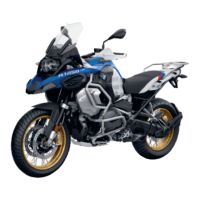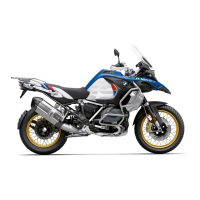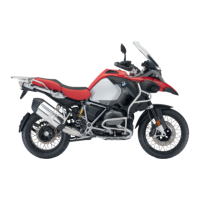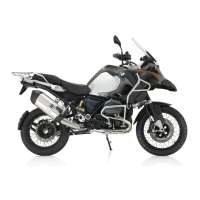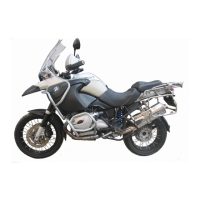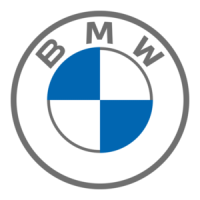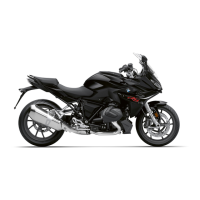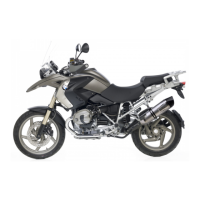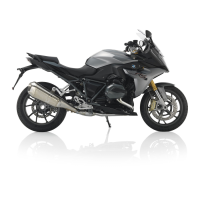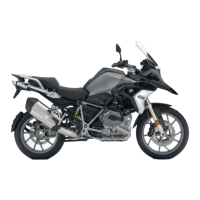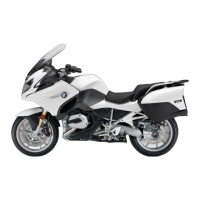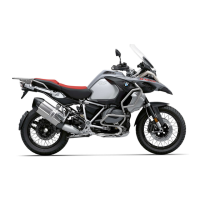
 Loading...
Loading...
Do you have a question about the BMW R 1250GS Adventure and is the answer not in the manual?
| Displacement | 1, 254 cc |
|---|---|
| Front Suspension | BMW Motorrad Telelever; stanchion diameter 37 mm, central spring strut |
| Tire, Front | 120/70 R19 |
| Tire, Rear | 170/60 R17 |
| Bore x Stroke | 102.5 mm x 76 mm |
| Compression Ratio | 12.5:1 |
| Fuel System | Electronic fuel injection |
| Max Power | 136 hp at 7, 750 rpm |
| Max Torque | 143 Nm at 6, 250 rpm |
| Transmission | 6-speed |
| Fuel Capacity | 30 liters |
| Seat Height | 890 / 910 mm (adjustable) |
| Curb Weight | 268 kg |
| Rear Suspension | BMW Motorrad Paralever; cast aluminum single-sided swing arm with WAD strut (weight-related damping) |
| Fuel consumption | 4.75 l/100 km |
| Fuel type | Premium unleaded |
| Front Brake | Dual 305 mm discs, 4-piston calipers |
| Rear Brake | Single disc brake, diameter 276 mm, 2-piston floating caliper |
| ABS | BMW Motorrad Integral ABS |
| Length | 2, 270 mm |
| Width | 980 mm |
| Dry Weight | 249 kg (549 lbs) |
| Clutch | Wet clutch with anti-hopping function, hydraulically actuated |
| Frame | Two-section frame |
| Engine Type | Air/liquid-cooled flat twin (Boxer) |
